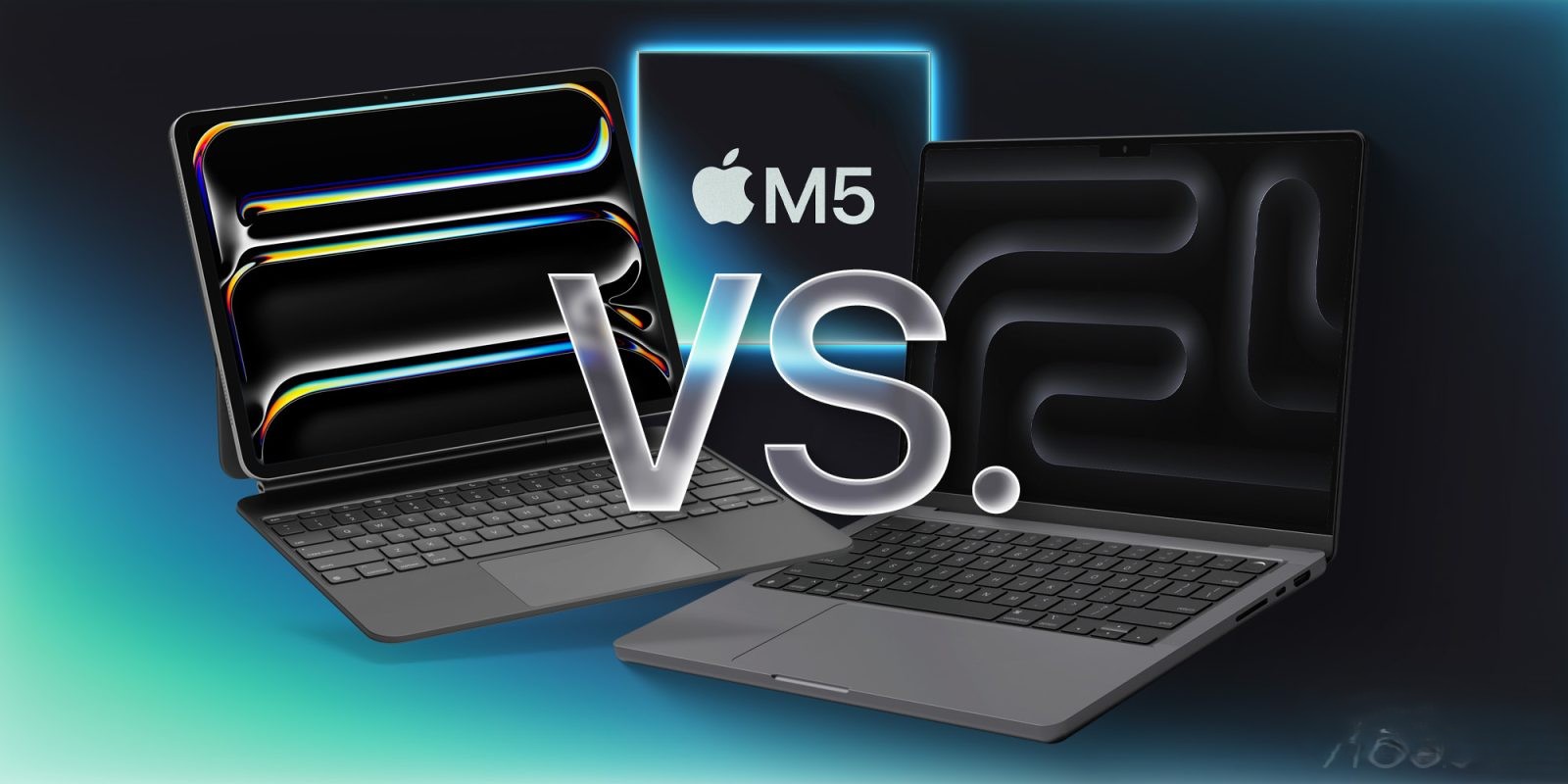Apple’s relentless pursuit of innovation is set to continue with the introduction of the A20 chip in its forthcoming iPhone 18 series. This next-generation processor, anticipated to be manufactured using TSMC’s advanced 2-nanometer (2nm) process, promises significant enhancements in performance and energy efficiency. However, these technological advancements come with substantial production costs, which may influence the retail pricing of future iPhone models.
Transition to 2nm Process: A Technological Milestone
The shift from the current 3nm to the 2nm manufacturing process represents a significant milestone in semiconductor technology. This transition allows for a higher density of transistors on the chip, leading to improved computational power and better power efficiency. Industry reports suggest that the 2nm process could deliver up to 15% faster performance and 30% better energy efficiency compared to its 3nm predecessor. For users, this translates to quicker app launches, smoother gaming experiences, and extended battery life, addressing key demands in today’s smartphone market.
Increased Production Costs and Potential Price Adjustments
While the benefits of the 2nm process are clear, they come at a considerable cost. TSMC’s investment in developing this cutting-edge technology has been substantial, and the company is reportedly not inclined to offer discounts or negotiate on pricing. According to industry analyses, the price per wafer for the 2nm process has exceeded $30,000, a significant increase from the $18,500 to $20,000 range for 3nm wafers. This represents a cost escalation of approximately 50% or more.
For Apple, this means that the cost of producing each A20 chip could rise from the current $50 to around $85, marking a 70% increase. If Apple chooses not to absorb these additional costs, it is likely that they will be passed on to consumers, potentially leading to higher retail prices for the iPhone 18 series. Analysts suggest that this could result in a price increase of at least $50 or more per device.
Strategic Packaging Innovations: WMCM Adoption
In response to these rising costs, Apple is reportedly exploring innovative packaging technologies to enhance efficiency and manage expenses. The A20 chip is expected to adopt Wafer-Level Multi-Chip Module (WMCM) packaging, moving away from the Integrated Fan-Out (InFO) method used in previous chips. WMCM integrates the CPU, GPU, Neural Engine, and RAM directly onto the chip’s wafer, eliminating the need for a separate silicon interposer. This approach reduces the chip’s size, improves thermal management, and enhances component communication, potentially offsetting some of the increased production costs.
Market Implications and Consumer Considerations
The introduction of the A20 chip and the associated cost implications have broader market ramifications. As Apple adopts the 2nm process, other smartphone manufacturers may follow suit, leading to industry-wide price adjustments. Consumers planning to upgrade to the iPhone 18 series should be prepared for potential price increases. However, the performance improvements and energy efficiency gains brought by the 2nm process may make this price increase worthwhile for consumers.
Conclusion
Apple’s transition to the A20 chip with TSMC’s 2nm process underscores the company’s commitment to technological advancement. While this move promises significant benefits in performance and efficiency, it also brings substantial production costs that may influence the pricing of future iPhone models. As the smartphone industry continues to evolve, consumers can expect a balance between cutting-edge technology and its associated costs.



